There’s something magical about being able to step outside and harvest fresh herbs, vegetables, or flowers from your own backyard. When you grow a garden, you’re not just planting seeds—you’re creating a space of beauty, nourishment, and relaxation.
Whether you’re a beginner or someone who wants to expand your gardening skills, this guide will walk you through everything you need to know to start and succeed.
1. Why Grow a Garden? The Benefits of Gardening
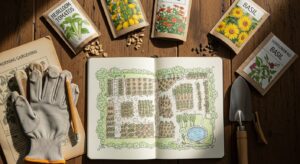
Before getting your hands dirty, it’s worth knowing why so many people are passionate about gardening. Growing your own garden offers countless benefits:
-
Healthier food – Homegrown produce is fresher, tastier, and pesticide-free.
-
Stress relief – Spending time in nature lowers stress and improves mood.
-
Sustainability – A garden reduces food waste and carbon footprints.
-
Creativity and beauty – Gardens allow you to design a space that reflects your style.
2. Choosing the Right Spot to Grow a Garden
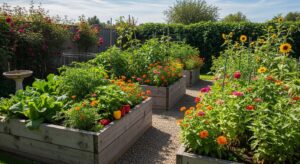
When planning your garden, location is key. Most plants need at least 6–8 hours of direct sunlight.
Look for a flat, well-drained area that’s easy to water and maintain. If you don’t have a large yard, don’t worry—container gardening and raised beds are excellent alternatives.
Pro tip: Pay attention to where the sun falls throughout the day. A sunny spot in the morning and partial shade in the afternoon often works best for many vegetables and herbs.
3. Planning What to Plant in Your Garden
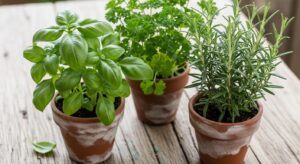
The next step in learning how to grow a garden is deciding what to plant. Start with easy-to-grow crops such as:
-
Herbs: Basil, parsley, mint, and rosemary.
-
Vegetables: Tomatoes, lettuce, zucchini, carrots, and peppers.
-
Flowers: Sunflowers, marigolds, and zinnias.
Think about your cooking habits—plant foods you and your family love to eat.
4. Preparing the Soil for a Thriving Garden
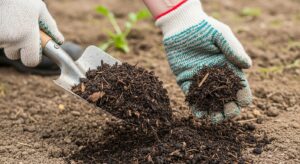
Healthy soil is the foundation of any successful garden. Begin by loosening the soil and removing weeds. Add compost or organic matter to enrich it with nutrients. Good soil retains moisture while allowing excess water to drain away.
Quick tip: A soil test kit can help you understand the pH and nutrient levels so you can adjust as needed.
5. Planting and Watering Techniques to Grow a Garden
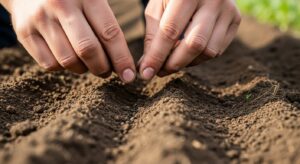
Once your soil is ready, it’s time to plant. Follow the spacing instructions on seed packets or plant tags—crowded plants won’t grow well. Water your garden regularly, ideally in the early morning, to keep the soil moist but not soggy.
-
Seeds – Sow them at the correct depth for optimal growth.
-
Seedlings – Handle carefully and plant at the same depth they were in their pots.
Consistent watering helps plants establish strong roots and thrive.
6. Caring for Your Garden: Mulching, Weeding, and Fertilizing
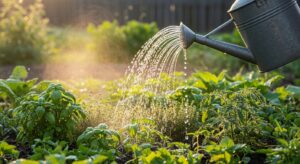
Caring for your plants is ongoing. Mulch helps retain soil moisture and suppresses weeds. Regularly pull weeds before they compete for nutrients. Depending on your plants, you may need to fertilize during the growing season for extra nourishment.
Extra tip: Choose organic fertilizers or compost tea for eco-friendly feeding.
7. Protecting Your Garden from Pests and Diseases
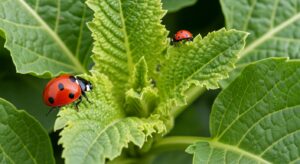
Every gardener faces pests, but prevention is key. Rotate crops each year to avoid soil-borne diseases. Encourage helpful insects like ladybugs and bees by planting flowers nearby. If pests become a problem, try natural solutions such as neem oil or homemade sprays instead of harsh chemicals.
8. Harvesting and Enjoying Your Homegrown Garden
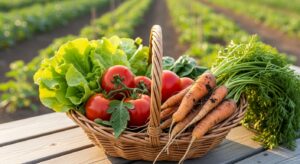
The best part of learning to grow a garden is harvest time. Pick vegetables and herbs when they’re ripe for the freshest taste. Cutting flowers for indoor arrangements is another way to enjoy the fruits of your labor.
Remember: regular harvesting encourages plants like herbs and some veggies to keep producing throughout the season.
9. Extending the Season with Year-Round Gardening
Gardening doesn’t have to stop in the fall. Use row covers, cold frames, or even indoor containers to extend your growing season. Hardy vegetables like kale, spinach, and carrots thrive in cooler weather, while herbs can flourish indoors by a sunny window.
Final Thoughts on How to Grow a Garden 🌸
When you grow a garden, you’re cultivating more than plants—you’re cultivating joy, health, and a deeper connection to nature. With the right planning, care, and creativity, your garden can become a thriving space that rewards you year after year.
So grab your gloves, gather your seeds, and start the journey. Your future garden awaits! 🌱🌼